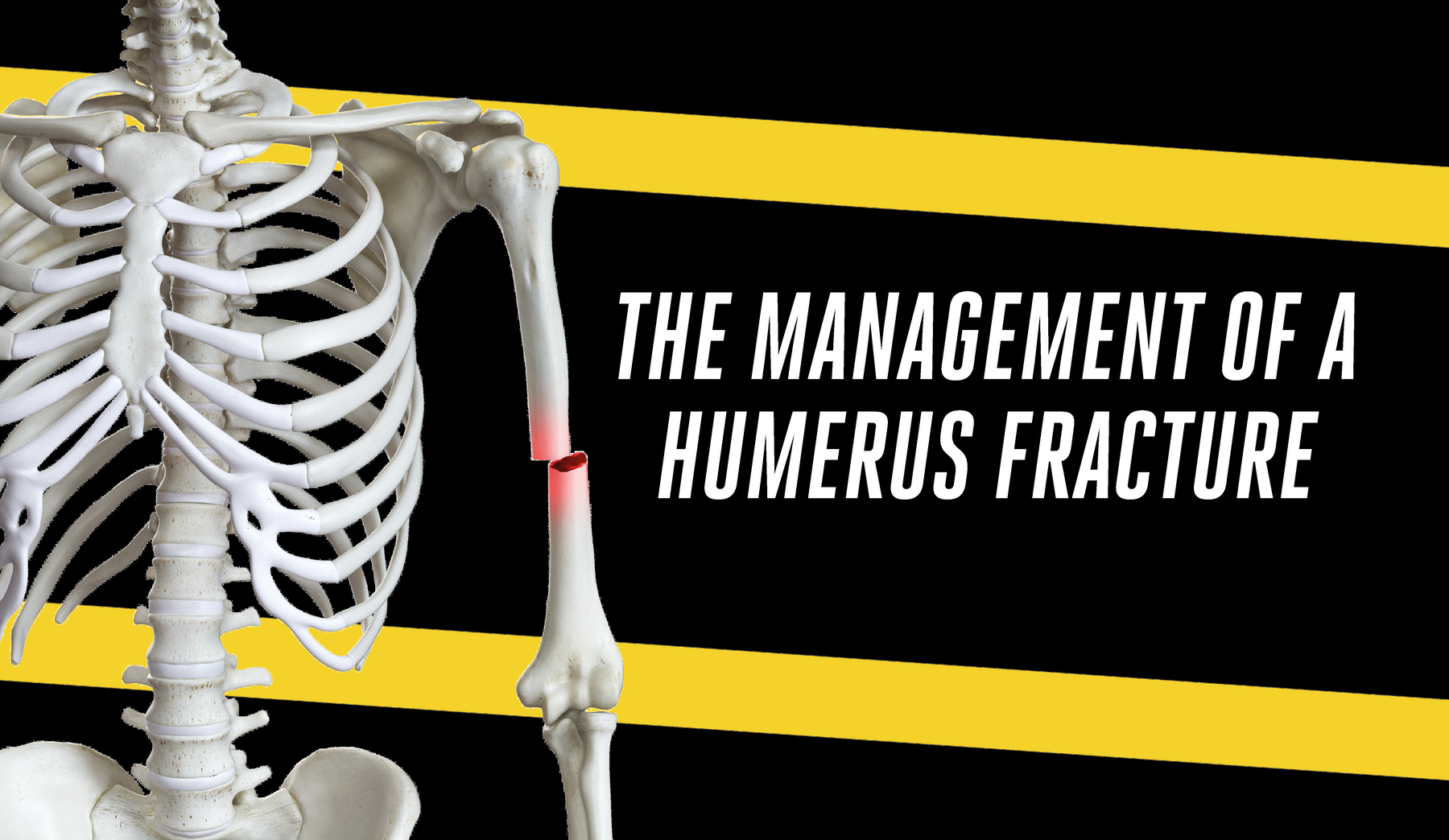Speak to a Recovery Expert today

The Management of a Humerus Fracture
The humerus is the bone that runs from the shoulder to the elbow. It is the longest bone in the upper arm and is responsible for providing stability and movement to the shoulder and elbow joints. The end of the humerus closest to the shoulder (proximal) has two large bony prominences: the head and, the greater tuberosity. The head moves with the glenoid fossa of the scapula to form the shoulder joint. The greater tuberosity provides attachment for the rotator cuff muscles.
Humerus fractures are common injuries, accounting for about 5% of all fractures. They are most commonly caused by a fall onto the outstretched arm or a direct blow to the arm. The severity of a humerus fracture can vary from a simple break to a more complex fracture with multiple pieces of bone.
The symptoms of a humerus fracture can include:
- Pain in the upper arm
- Swelling and bruising around the upper arm
- Deformity of the upper arm
- Difficulty moving the arm
The diagnosis of a humerus fracture is usually made by a physical examination and X-rays. In some cases, a CT scan may be necessary to get a better view of the fracture.
Management:
In most cases, non-surgical treatment is recommended. This involves wearing a sling or brace to immobilise the arm and allow the bone to heal. Typically this will take around 4-6 weeks. During this time, it is important to rest the arm and avoid activities that put stress on the bone to a point. During the healing time frame as the arm becomes less painful and more functional and the bone begins to heal a guided progressive physiotherapy programme should be undertaken, encouraging movement and strengthening to optimise the recovery process and achieve full function once completely healed.
In some cases, surgical treatment may be necessary. This is usually done for fractures that are displaced or unstable. Surgical treatment involves repairing the fracture with pins, plates, or screws and typically takes 4-6 weeks. During this time, the arm will have reduced mobility in a sling or brace, the consultant will probably advise timeframes as to when certain movements and loads can be put through the arm and almost certainly will recommend physiotherapy for the best final outcome.
The prognosis for humerus fractures is usually good. Most fractures heal without complications. However, some fractures may take longer to heal or may not heal completely. The risk of complications from humerus fractures is higher in older adults and in people with osteoporosis and can include:
- Nonunion, which is when the bone does not heal completely.
- Malunion, which is when the bone heals in an incorrect position.
- Infection.
- Nerve damage.
- Blood clots.
The Rehabilitation of a Humerus Fracture:
The rehabilitation of a humerus fracture typically begins during the bone healing and should be guided by a Physiotherapist. The goal of rehabilitation is to regain range of motion, strength, and function in the arm.
Rehabilitation typically involves a combination of exercises, including:
- Range of motion exercises to improve the range of motion in the shoulder and elbow joints.
- Strengthening exercises to improve the strength of the muscles in the shoulder and elbow.
- Functional exercises to improve the ability to use the arm in activities of daily living.
The rehabilitation process typically takes several months. The length of time it takes to recover from a fracture to the humerus varies from person to person, usually between 12 weeks to 6 months, and depending on the type and where the fracture is, recovery of full range of motion might have limitations.

